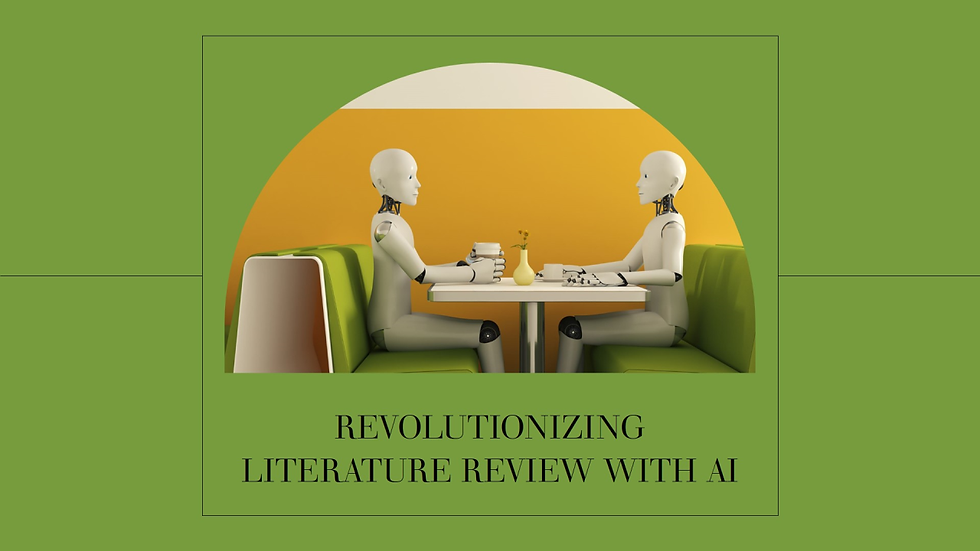
In the dynamic landscape of pharmacovigilance, where patient safety is paramount, the integration of automation is revolutionizing how we interact with pharmacovigilance literature. This blog delves into the transformative power of automation in pharmacovigilance literature, exploring its impact on efficiency, accuracy, and the future of drug safety monitoring.
The Role of Pharmacovigilance Literature:
Pharmacovigilance literature serves as a treasure trove of information, containing insights into adverse drug reactions (ADRs), drug interactions, and medication errors. It encompasses a vast array of sources, including clinical trials, case reports, regulatory documents, and scientific publications. Analyzing this extensive literature is crucial for detecting emerging safety concerns, assessing drug efficacy, and ensuring regulatory compliance.
The Need for Automation:
Traditional methods of literature review in pharmacovigilance are often time-consuming, labor-intensive, and prone to human error. As the volume of pharmacovigilance literature continues to grow exponentially, there is a pressing need for innovative solutions to streamline data collection, analysis, and interpretation. Automation offers a promising avenue for addressing these challenges and unlocking the full potential of pharmacovigilance literature.
Transformative Impact of Automation:
Automation is reshaping pharmacovigilance literature in several key ways:
Data Extraction and Aggregation: Automated tools equipped with Natural Language Processing (NLP) capabilities can extract relevant information from unstructured pharmacovigilance literature with speed and accuracy. These tools aggregate data from disparate sources, including scientific articles, drug labels, and regulatory databases, facilitating comprehensive literature reviews.
Signal Detection and Prioritization: Machine Learning algorithms can analyze pharmacovigilance literature to identify patterns and trends indicative of potential safety signals. By prioritizing relevant literature based on predefined criteria, automation accelerates signal detection and enables timely risk assessment.
Literature Synthesis and Summarization: Automation streamlines the synthesis and summarization of pharmacovigilance literature, generating concise summaries, key findings, and actionable insights. These automated summaries enable healthcare professionals and regulatory agencies to quickly grasp the implications of the literature without delving into extensive texts.
Real-time Monitoring and Alerts: Automated surveillance systems continuously monitor pharmacovigilance literature in real-time, alerting stakeholders to newly published studies, regulatory updates, and emerging safety concerns. This proactive monitoring ensures timely access to relevant information and facilitates rapid response to potential risks.
Benefits of Automation in Pharmacovigilance Literature:
The adoption of automation offers numerous benefits for stakeholders involved in pharmacovigilance:
Enhanced Efficiency: Automation streamlines data collection, analysis, and reporting processes, significantly reducing the time and resources required for literature reviews. This increased efficiency allows pharmacovigilance professionals to focus on higher-value tasks, such as risk assessment and mitigation strategies.
Improved Accuracy: Automated tools minimize the risk of human error inherent in manual literature review processes, ensuring the accuracy and reliability of pharmacovigilance data. By standardizing data extraction and analysis, automation enhances consistency and reproducibility across studies.
Early Detection of Safety Signals: The rapid detection of safety signals facilitated by automation enables proactive risk management and intervention strategies, minimizing the potential impact of adverse events on patient safety. Early identification of emerging risks allows for timely regulatory action and healthcare interventions.
Scalability and Adaptability: Automation solutions are scalable and adaptable to evolving pharmacovigilance needs, accommodating changes in data volume, sources, and analytical techniques. Whether handling large-scale literature reviews or real-time monitoring, automation provides flexibility and scalability to meet the demands of pharmacovigilance literature analysis.
Challenges and Considerations:
Despite its potential benefits, the integration of automation in pharmacovigilance literature is not without challenges:
Data Quality and Standardization: Ensuring the quality and standardization of data inputs is essential for the effectiveness of automated tools. Variations in data sources, formats, and terminology may pose challenges to data integration and analysis, requiring robust data preprocessing and validation mechanisms.
Algorithmic Bias and Interpretability: Machine Learning algorithms may exhibit biases or limitations in their decision-making processes, leading to erroneous conclusions or misinterpretations of pharmacovigilance literature. Enhancing algorithmic transparency and interpretability is critical for building trust and confidence in automated systems.
Regulatory Compliance and Validation: Regulatory agencies impose stringent requirements for pharmacovigilance data analysis and reporting, necessitating validation and validation studies to ensure the reliability and compliance of automated tools. Demonstrating the accuracy and performance of automation solutions is essential for regulatory approval and acceptance.
Integration with Existing Systems: Integrating automation solutions with existing pharmacovigilance infrastructure and workflows requires careful planning and coordination. Seamless integration with electronic health records, pharmacovigilance databases, and regulatory reporting systems is crucial for maximizing the utility and impact of automation in pharmacovigilance literature.
Future Directions:
As automation continues to reshape pharmacovigilance literature, several trends and developments are shaping the future of automated solutions:
Advancements in Artificial Intelligence: Ongoing advancements in Artificial Intelligence, including deep learning, reinforcement learning, and natural language understanding, hold promise for further enhancing the capabilities and performance of automated tools in pharmacovigilance literature analysis.
Interdisciplinary Collaboration: Collaborative initiatives between data scientists, pharmacovigilance experts, healthcare professionals, and regulatory agencies are essential for driving innovation and ensuring the responsible development and deployment of automation solutions in pharmacovigilance.
Ethical and Regulatory Frameworks: Developing ethical guidelines and regulatory frameworks for the ethical use of automation in pharmacovigilance literature is imperative. Addressing ethical considerations such as patient privacy, data security, and algorithmic transparency is essential for fostering trust and accountability in automated systems.
Patient-Centered Pharmacovigilance: Empowering patients to actively participate in pharmacovigilance through patient-reported outcomes, mobile health applications, and social media engagement will enable a more holistic and patient-centered approach to drug safety monitoring.
Conclusion:
In conclusion, automation holds the promise of transforming pharmacovigilance literature, offering unprecedented opportunities to enhance efficiency, accuracy, and timeliness in drug safety monitoring. By harnessing the power of automation, we can unveil the future of pharmacovigilance literature analysis, driving innovation, and advancing patient safety in the ever-evolving landscape of healthcare.

Comments